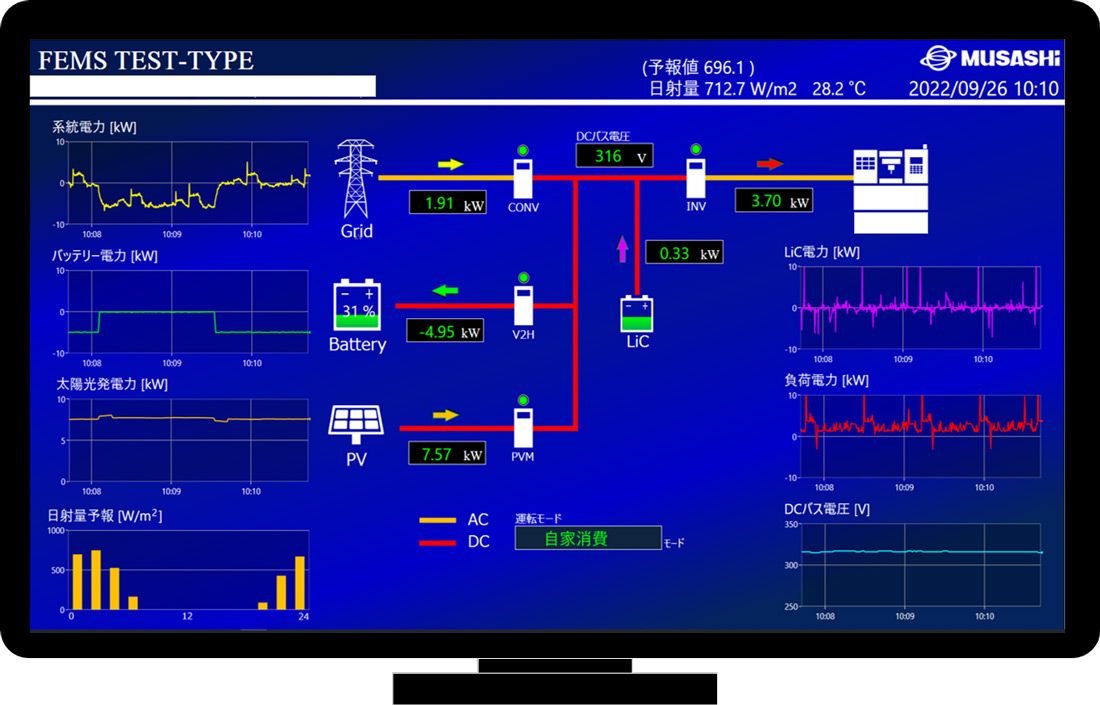Musashi Seimitsu Industry Reduces Development Time for Factory Energy Management System Through Model-Based Design
“With Simscape Electrical and Embedded Coder, we were able to develop our factory energy management system (FEMS) through Model-Based Design and automate code generation. This enabled us to validate and test the system through simulation and reduce manual processes, development time, and costs.”
Key Outcomes
- Early validation of the company’s FEMS through modeling and simulation reduced manual processes and development time
- Optimal control algorithm maximized the lifetime of storage batteries
- Automatic production-code generation targeting Mitsubishi Electric PLCs further reduced development time and the risk of human error

Musashi Seimitsu Industry uses Model-Based Design to develop its FEMS.
Delivering on its vision for more carbon-neutral production, global auto parts manufacturer Musashi Seimitsu Industry has developed a factory energy management system (FEMS) that reduces and optimizes energy consumption in its factories. To reduce the potential risks, costs, and delays associated with manual coding and hardware testing for the FEMS, the company decided to use Model-Based Design for validation and software optimization.
Through modeling and simulation using Simscape Electrical™, the company’s engineers can identify where failures are likely to occur, such as during power-on or load/grid connection, early in the design process, thereby reducing iterative work and development time. With Optimization Toolbox™, they developed a battery group control (optimization control) to avoid the degradation of storage batteries connected to the FEMS.
Using Embedded Coder® to automatically generate production code targeting Mitsubishi Electric PLCs, they were able to further reduce development time, manual processes, and the risk of human error.